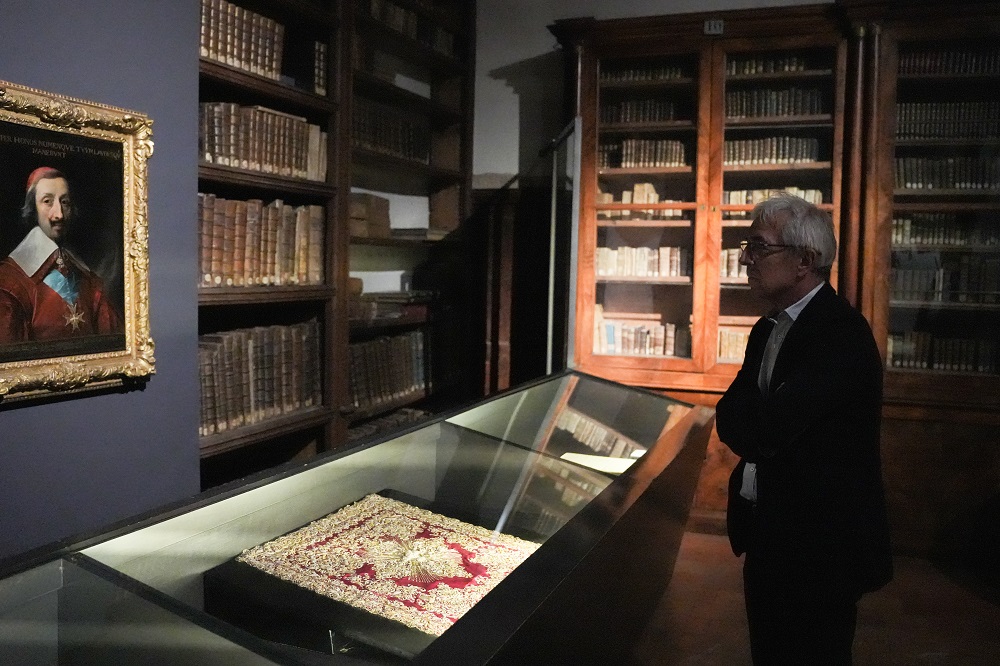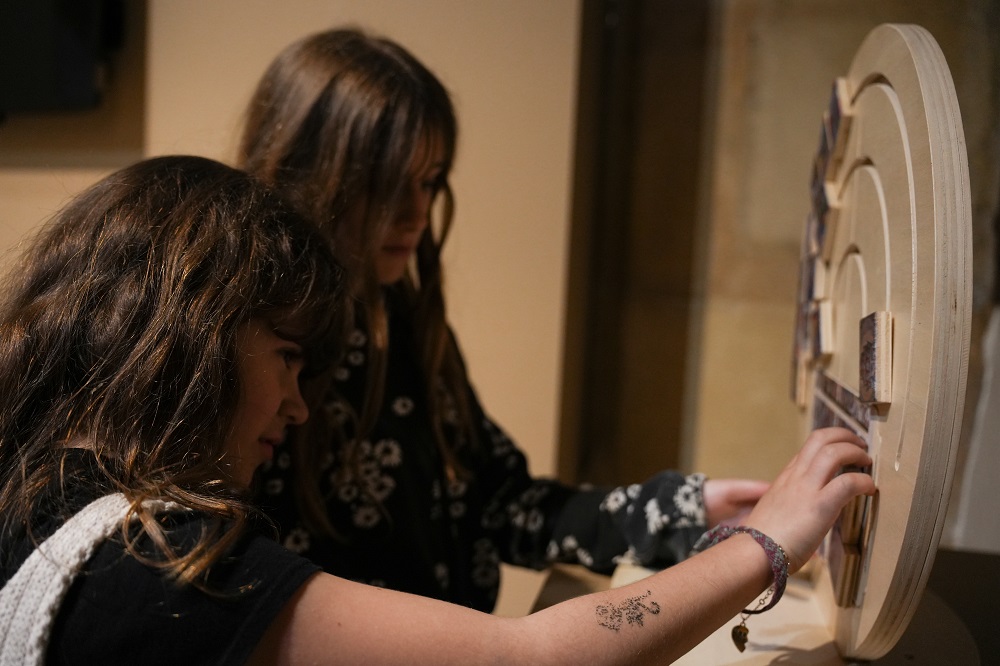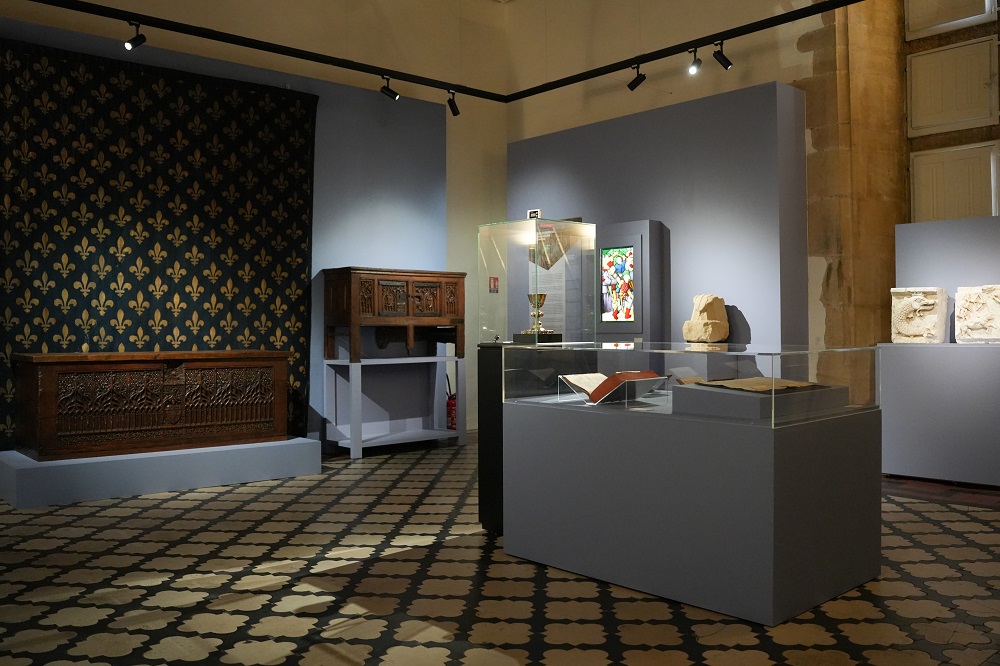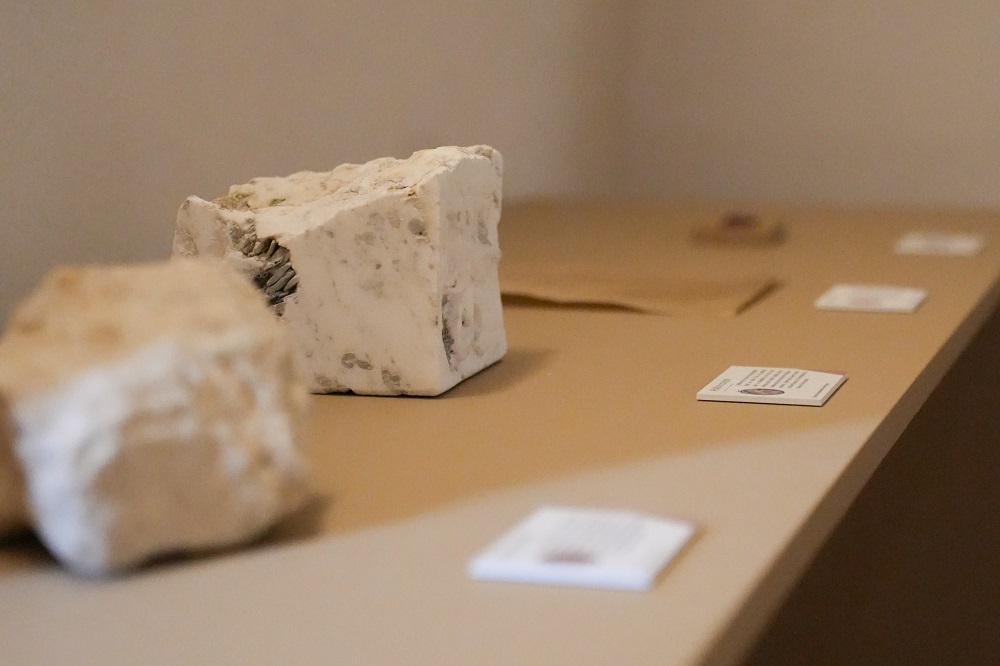Discover the Abbots of the Abbey of Cluny (1456-1790) at the Cluny Art and Archaeology Museum





The exhibition “Cluny: The King’s Abbots – The Abbots Commendatory of the Abbey of Cluny, 1456-1790” at the Cluny Art and Archaeology Museum (Musée de France) will run from June 1 to September 29, 2024. This exhibition presents the latest research and features a selection of works—many of them previously unpublished—that bring to life and make tangible the actions of these prominent abbots. The display includes painted and engraved portraits, furniture, books, seals, and architectural elements from the Cluny collections, as well as public and private collections, and major institutions such as the museums of Le Puy-en-Velay, Château d’Aulteribe, Bibliothèque nationale de France, Musée national du Moyen Âge, and the Cathedral of Lyon.
Nearly 70 abbots led the prestigious Abbey of Cluny from its founding in 910 until the Order’s dissolution in 1790. The early prominent abbots who created, developed, and brought the abbey to its peak (Odon, Mayeul, Odilon, Hugues, etc.) were elected by the assembly of monks. However, from the 15th century onwards, the election of abbots in the Kingdom of France shifted to a system of commendation, allowing the king to appoint abbots, including laypersons, to major ecclesiastical benefices. These abbots and priors, known as commendatory abbots, held the abbey in commendam. At Cluny, about twenty commendatory abbots served from 1456 to 1790, including influential church figures from powerful families such as Jean de Bourbon, Claude de Guise, Emmanuel Théodose de la Tour d’Auvergne, and Dominique de la Rochefoucauld, as well as high-ranking court ecclesiastics like Richelieu and Mazarin.
Contemporaneous with the decline of the Cluniac Order, these abbots have garnered less attention from researchers compared to their illustrious predecessors. The role of the commendatory abbots of the great Burgundian abbey needs to be reassessed. Despite limited study, the actions of some of these abbots profoundly impacted the abbey. For instance, in the latter half of the 15th century, Cluny’s abbots continuously enriched the abbey’s library with numerous prestigious commissions. During his abbacy, Claude de Guise worked to erase the scars of the Wars of Religion, beautify the abbey, and strengthen its power. Richelieu implemented significant reforms in the Cluniac Order, replacing the old observance with the Congregation of Saint-Maur. The 18th-century abbots initiated a massive reconstruction project in the classical style for the old medieval convent buildings.
The exhibition highlights several years of work by the museum team, including the return of the Missal for Cluny (Paris, 1550), a copy belonging to Abbot Claude de Guise; acquisitions from the Musée des Beaux-Arts de Dijon (Portrait of Henri Oswald de la Tour d’Auvergne, after Hyacinthe Rigaud) and the Musée des Beaux-Arts de Reims (Portrait of Claude de Guise and Portrait of Cardinal Charles of Lorraine); the rediscovery of a chalice and paten used by the abbey; and the addition of alabaster blocks from the residence of Jacques d’Amboise to the museum’s collection. An accompanying book will be published by Éditions du Patrimoine, in the Regard collection, featuring an essay on the commendation by Daniel-Odon Hurel (historian and Benedictine monasticism specialist) and entries by Florian Galletti and Benoît-Henry Papounaud.
Abbey of Cluny was awarded the European Heritage Label in 2014.
Picture © National Monuments Center / Collectif Specimen(s)
